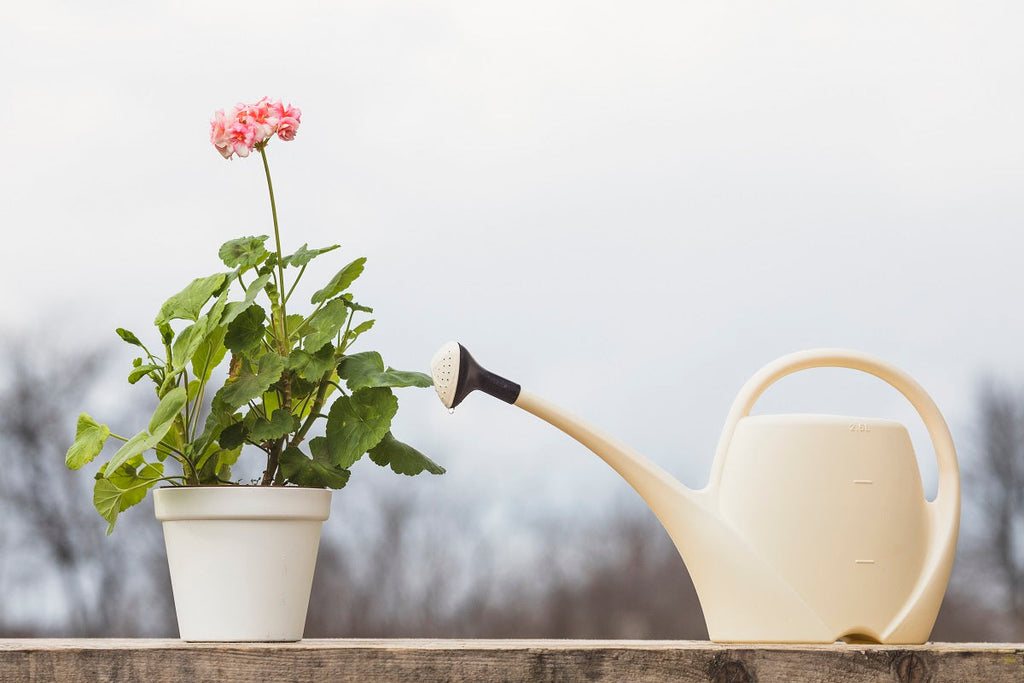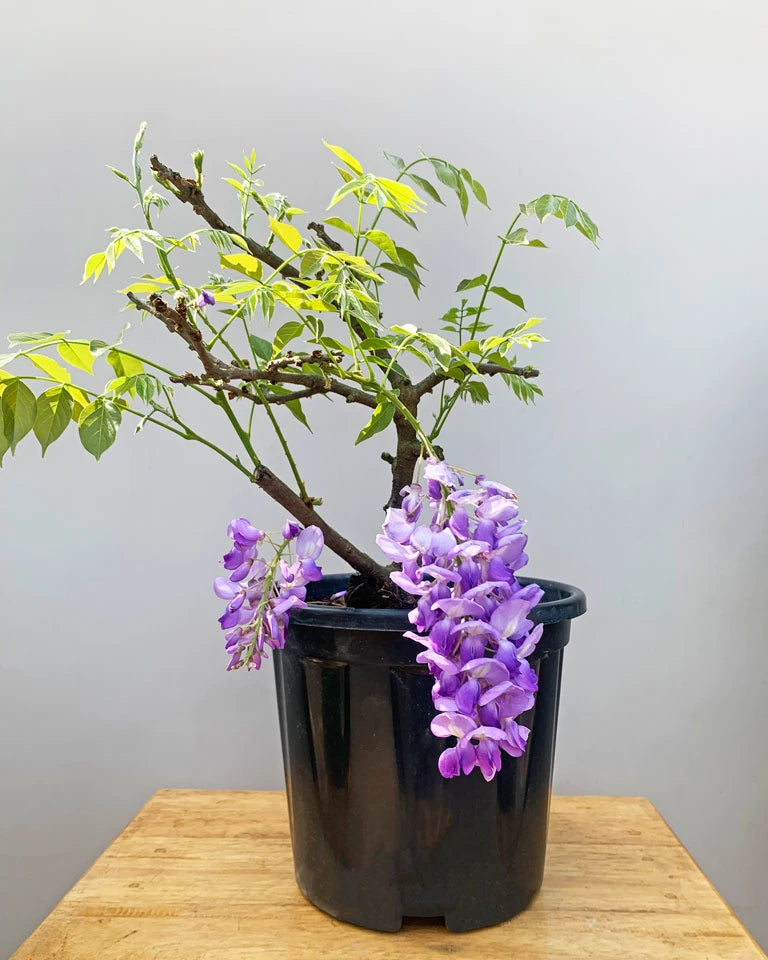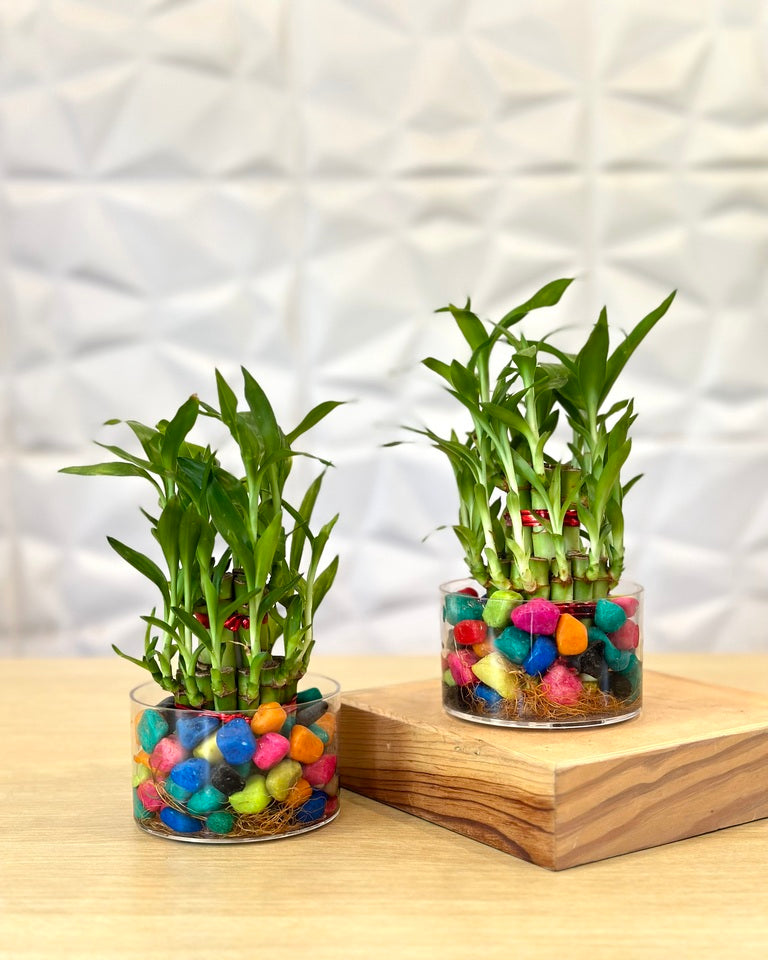
10 Amazing Benefits of Snake Plants: Your Indoor Superplant

Snake plants, also known as Sansevieria trifasciata, are a popular choice for indoor gardening. Not only do they add a touch of green to your space, but they also offer a plethora of benefits. Here are ten amazing advantages of incorporating snake plants into your home:
The Meaning Behind Sansevieria Trifasciata: How Was It Named?
The scientific name, Sansevieria trifasciata, reflects both its classification and its unique features. The genus Sansevieria is named after Prince Raimondo di Sangro, an Italian horticultural patron. The species name trifasciata refers to the plant's three-striped leaves, which are distinctive and memorable. This rich etymology highlights not only the plant's beauty but also its cultural significance throughout history.
1. Purifies Indoor Air, Even at Night
One of the most remarkable features of snake plants is their ability to purify the air. Unlike many other plants, they can convert carbon dioxide (CO2) into oxygen during the night. This unique characteristic makes them an excellent addition to bedrooms, promoting healthier air while you sleep.
2. Eliminates Harmful Pollutants
Snake plants are effective at removing toxic substances from the air. They can absorb harmful chemicals such as formaldehyde, benzene, and xylene, contributing to a cleaner and safer indoor environment.
3. Enhances Mental Well-being
Indoor plants, including snake plants, can positively impact mental health. They help reduce stress and anxiety, creating a calming atmosphere that promotes relaxation and overall well-being.
4. Requires Minimal Care
Known for their resilience, snake plants thrive in a variety of lighting conditions, from low light to bright indirect sunlight. They need very little water, making them ideal for busy individuals or those new to gardening.
5. Helps Alleviate Allergies
By releasing oxygen and adding moisture to the air, snake plants can help reduce the presence of airborne allergens like dust and pet dander. This is particularly beneficial for those with allergies or respiratory concerns.
6. Positive Feng Shui Influence
In feng shui, snake plants are believed to absorb negative energy and promote a harmonious living environment. Placing them in strategic locations can help create a more positive atmosphere in your home.
7. Acts as a Natural Humidifier
During transpiration, snake plants release moisture into the air, acting as natural humidifiers. This can be especially helpful in dry climates or during the winter months when indoor air can become excessively dry.
8. Aesthetically Pleasing
With their striking, sword-like leaves and varied patterns, snake plants enhance the visual appeal of any space. Their unique look makes them a stylish addition to your decor.
9. Long-lasting Companion
With the right care, snake plants can thrive for many years, making them a sustainable choice for indoor greenery. Their longevity means you can enjoy their benefits for a long time.
10. Symbol of Resilience
In many cultures, snake plants symbolize resilience and protection, adding a layer of meaning to your home decor.

Care Tips for Snake Plants
- Light: Thrives in low to bright indirect light; prefers medium to low light.
- Watering: Let soil dry out completely between waterings to prevent root rot.
- Soil: Use well-draining cactus or succulent mix.
- Temperature: Ideal range is 70-90°F (21-32°C).
- Fertilization: Use balanced liquid fertilizer every 2-4 weeks in spring and summer; reduce in fall and winter.
FAQ: Snake Plants
1. Are snake plants easy to care for?
Yes, snake plants are one of the easiest indoor plants to care for. They require minimal watering, adapt to various light conditions, and are highly resilient, making them ideal for beginners.
2. How often should I water a snake plant?
Snake plants prefer dry soil, so it's best to water them sparingly. Allow the soil to dry out completely between waterings, typically every 2-4 weeks, depending on the humidity and temperature.
3. Do snake plants purify the air?
Yes, snake plants are known for their ability to filter indoor air by removing toxins such as formaldehyde, benzene, and xylene. They are also one of the few plants that release oxygen at night, improving air quality while you sleep.
4. Are snake plants toxic to pets?
Yes, snake plants are mildly toxic if ingested by pets or humans. Their leaves contain saponins, which can cause nausea, vomiting, or diarrhea. It’s best to keep snake plants out of reach of children and pets.
5. Can snake plants grow in low light?
Snake plants are incredibly versatile and can thrive in low-light conditions. However, they also do well in bright, indirect light. Just avoid placing them in direct sunlight for prolonged periods, as it may scorch their leaves.
Conclusion
Incorporating snake plants into your indoor space not only enhances your decor but also promotes a healthier, more inviting atmosphere. With their numerous benefits, it’s no wonder they’re considered the ultimate indoor superplant!















Snake plant